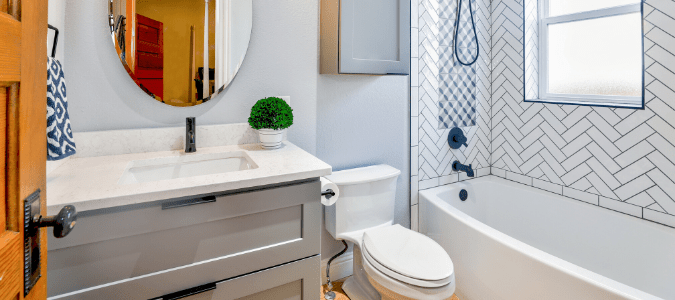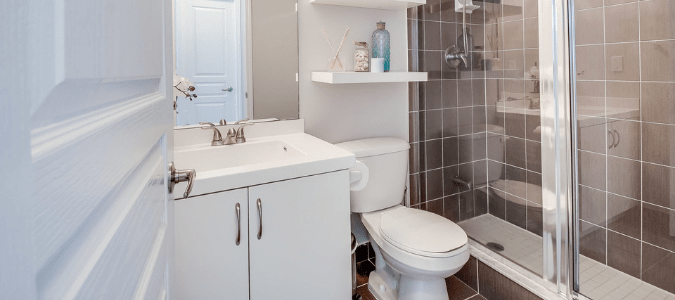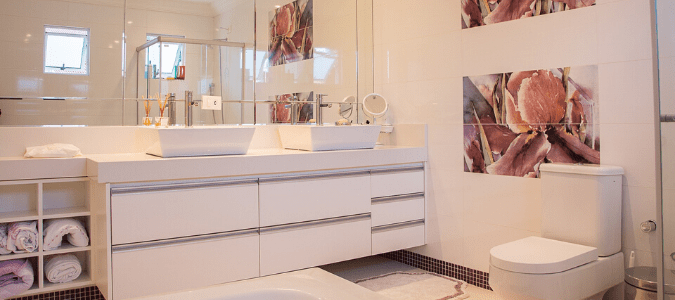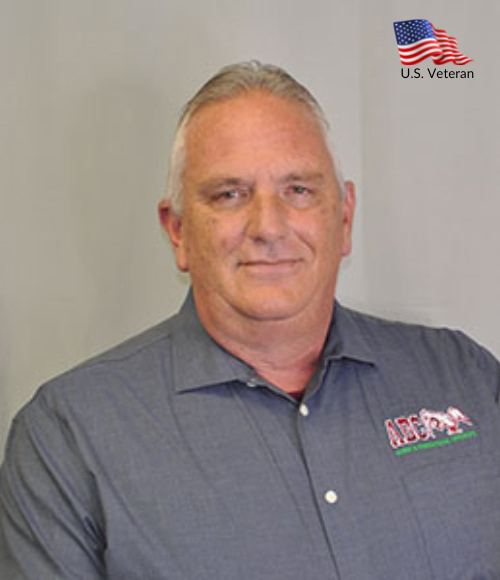Few things are as alarming to a homeowner as a slow flushing toilet. It certainly is not something you want to happen when guests are on the way! A slow-flushing toilet can be unpleasant to see and cause an unpleasant bathroom odor. Several things generally cause a toilet to flush slowly, and they are something you might or might not be able to handle on your own.
Lower Water Level in Tank
Your toilet’s tank needs to have just the right amount of water in the tank for it to flush correctly. Too little water in the tank means the toilet doesn’t have enough power to empty the bowl completely. If your toilet is only emptying part way or you notice that your toilet won’t flush at all, look in the tank. The water level inside should be about a half-inch below the toilet’s overflow pipe. It’s a quick and relatively simple fix that should keep you from having to flush more than once per use.
A Clog in the System
We have all come across this problem! The simple first step to clearing a clog is to use a plunger. Place the plunger’s bowl or “bell” over the hole in your toilet bowl and apply pressure to force water through the pipes and hopefully release whatever is causing the clog.
If your toilet has just a partial clog, it might take a while to notice it because you still have water flow through the pipes, but the water isn’t flushing with enough pressure each time. A licensed plumbing professional can quickly determine the cause of the slow flush and how to take care of the plumbing problem!
Plungers work much of the time, but not always. Sometimes things get put into the toilet that doesn’t belong there. Baby wipes will create a clog eventually, even if they seem relatively thin. Such wipes just aren’t made of material that is toilet friendly! Even toilet tissue will cause a clog if used too much at once. And, of course, if you have or have had small kids in the house, you know that a stuffed animal or toy will somehow find its way into the pipes as well. Tough clogs call for snaking the line, which is pretty much what it sounds like! A long metal “snake” pushes through the water opening where waste would normally go. A professional is an expert at using one of these tools to find out where in the line the clog is and dislodge it without damaging the toilet itself.
Mineral Buildup
Depending on where you live, your water supply likely contains a mix of minerals, especially if you don’t have a water softener. These minerals can build up over time and leave a hard residue. Your toilet bowl fills up with water through small jets under the rim of the bowl, so when the buildup gets thick enough, it clogs the jets. If this happens, the amount of water in the bowl is lower than needed to get a proper flush.
You will need to remove the mineral buildup from the jets to restore proper flushing. You can do this with a mineral remover and a metal tool that can get into the jet and force the buildup out. A screwdriver works for this task, but you can also damage the toilet if you aren’t careful! A plumbing professional can get the job done for you safely and quickly. They may even be able to review the benefits of a water softener if they think your water lines could benefit from one to reduce the chances of such clogs in the future. And, of course, if you don’t see any buildup but continue to have an issue with slow flushing, you should give the experts a call!
Another spot that can get clogged is the drain vent from your house to your city’s sewer system or a septic system. This vent is usually on the roof of your home, and it allows smells and dangerous gasses to leave the home as well. Checking that vent means getting up on the roof and knowing what you are looking for once you get up there. It is much easier and safer to call in professional help. Leave potentially dangerous plumbing fixes to those who know exactly what to look for and how to clear anything obstructing it.
Poor Ventilation
If you hear strange noises when flushing, it means there isn’t enough air getting into the waste lines to help water flow freely through them. And that can cause larger problems later, such as a leak in your home’s walls. Here are a couple of types of such noises and what causes them.
Loud Thud after Flushing Toilet
This banging noise is a water hammer. It happens when you flush the toilet and a valve suddenly shuts, bringing the rush of water to a stop. This puts extra stress on the joints of your pipes.
To help keep that from happening, little t-shaped air chambers are put in your water pipes. They absorb some of that pressure. Because water generally rushes through the pipes, the chambers can get pushed out of place. If the noise just started happening, you could have one or more of them displaced.
Don’t worry! You don’t have to tear into your walls to fix this issue! You just need to flush your home’s water from the pipes fully. First, turn off the water supply at the actual water main, usually near a street in front of the home. Then, open all the faucets and let the water that is already in them drain. Flush all the toilets in the home. Run the dishwasher and washing machine for 5 to 10 minutes until you are sure all the water has drained. Then, you can turn on the water again at the main. If performing this task yourself makes you nervous or you just don’t have time, bring in a professional to get the job done quickly and safely,
This should solve the banging noise issue unless your home never had the little air chambers installed in the first place. In that case, the noise could mean some piping has come loose from its supports. This is a good time to call the plumbing professionals.
Why Does My Toilet Whistle When Flushed?
If you are hearing a whistling noise when you flush, check the water supply valve for the toilet. Make sure it’s turned all the way to the left. If that doesn’t stop the whistle, take the lid off the tank and check the fill valve, typically in the left rear corner of the tank. For older toilets, a metal ballcock valve will be causing the noise. Flush it and listen for when the whistle stops. If it comes from the fill valve, wipe it clean and try flushing it again.
You may need to replace the fill valve to stop the noise, and that can be a DIY project that just takes a screwdriver and a wrench, plus the new unit. If you are comfortable doing so, turn off the water at the supply valve next to or behind the toilet. Remove the valve, then check that the new washers are in the right spot. Hand tighten the lock nut onto the threaded part of the valve under the tank. Then use a wrench to reattach the water supply line and turn the water back on. Check to ensure that you don’t have an issue with the toilet tank not filling by checking that the water in the tank fills to about an inch below the overflow pipe. A whistling toilet can cost you extra money on the water bill, so don’t delay!
ABC Can Repair Your Toilet
A toilet that leaks when flushed can quickly lead to messy problems. If you need toilet repair, contact ABC Home & Commercial Services. Our licensed professionals will efficiently diagnose and fix your toilet problem. In cases where a repair isn’t possible, we can help you decide which type of toilet works best for you and then install it.



